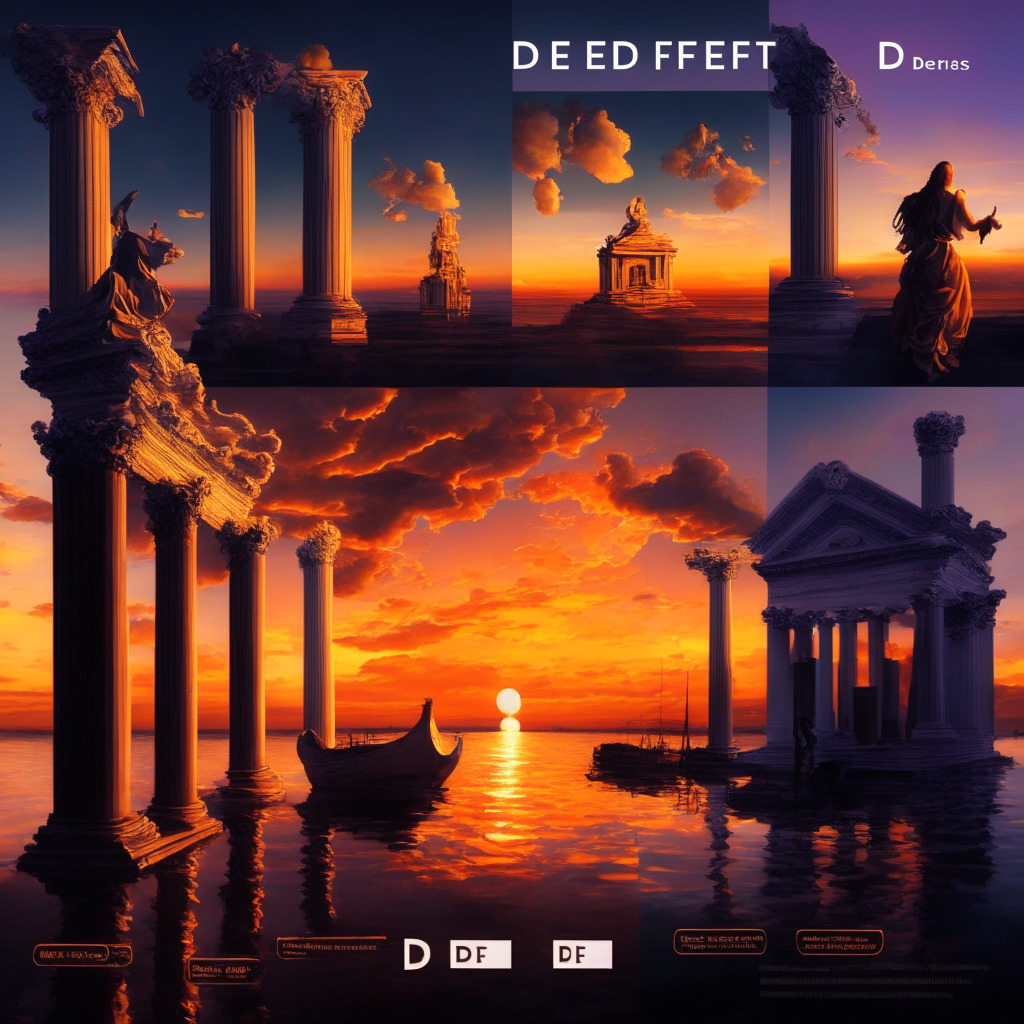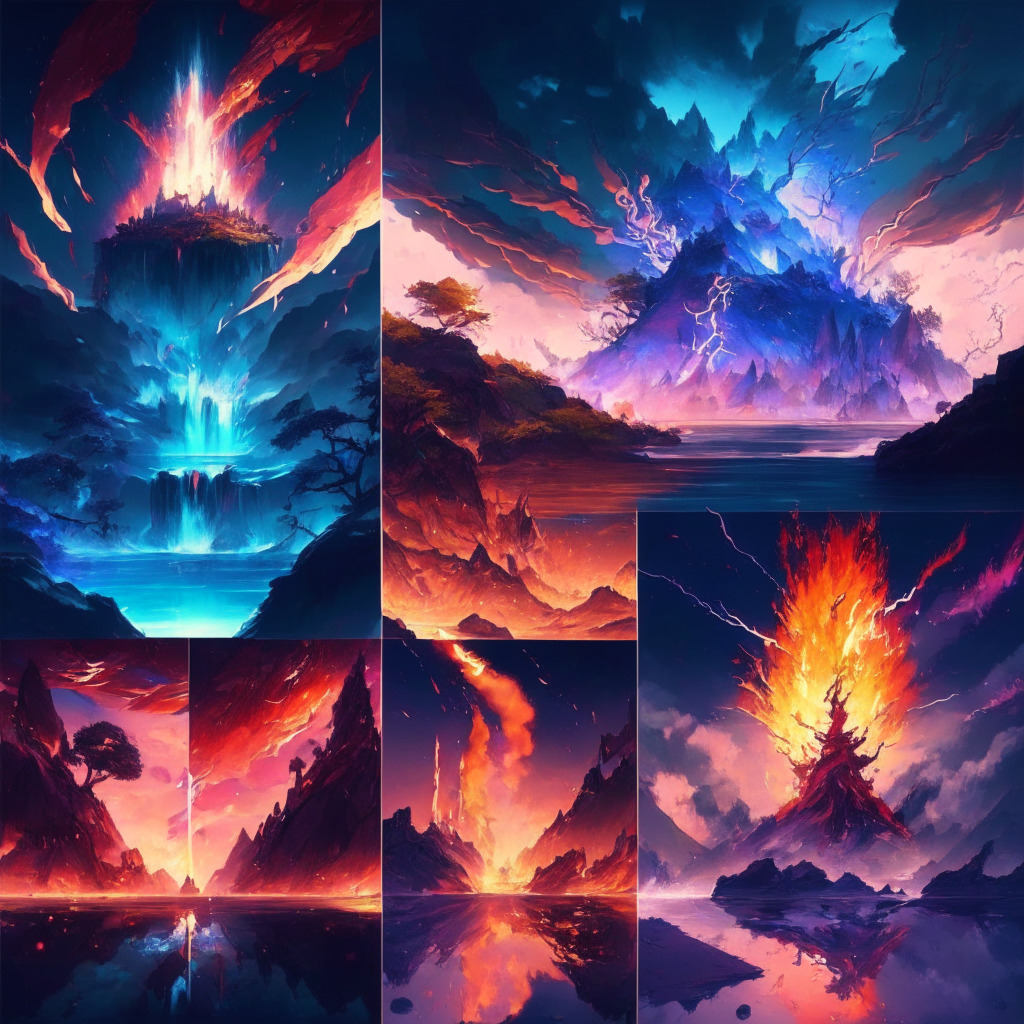In an age where artificial intelligence (AI) rapidly advances and morphs the digital landscape, the integrity of real-world images, video and content needs stringent validation. This essential task could highly depend on blockchain solutions, as one possible answer unfolds through the endeavours of decentralized network provider Nodle. Their current project involves teaming with Adobe and the Linux Foundation to utilize blockchain technology in verifying the authenticity of real-world content obtained via devices.
Garrett Kinsman, Nodle’s co-founder, introduced a software development kit for their ContentSign solution. This kit aims to ensure data’s integrity from the moment of its capture by using blockchain technology. ContentSign forms a crucial part of an integrated project focused on creating future media attestation standards led by Adobe and the Linux Foundation.
The validation system operates by providing a stamp that confirms the video’s original capture by a genuine camera. This video is then signed by a private key exclusive to that camera, and the video’s footprint is published on the blockchain. This method could aid various sectors, such as journalism, where it’s essential to prove the authenticity of captured visual content and its metadata.
A precarious side of this technology surfaces, however, when realized that, like a double-edged sword, the ease of content creation also necessitates foolproof methods of distinguishing between authentic and fabricated content. A deluge of AI-generated content amplifies this need, and blockchain, with its aspects of decentralization, transparency, immutability, and censorship resistance, provides the crucial framework to anchor authenticity.
An example instance where this technology could be leveraged is within the insurance sector, where claim authenticity is paramount. ContentSign ensures the verification of visual proofs submitted for insurance claims, ensuring they haven’t been tampered with or artificially generated.
While this seems promising, the real-world application and implications of ContentSign’s technology still bear considerable scrutiny. The challenge lies not just in creating blockchain solutions, but also in ensuring that they are robust enough to withstand the onslaught of AI advancements. A future where blockchain and AI integrate seamlessly might be within our grasp, but the journey to that future will certainly be layered with numerous complexities and possible setbacks.
In such a context, the work of companies like Nodle highlights the crucial intersection of blockchain and AI and their potential to reshape our digital and physical worlds. Yet it also highlights how challenging it can be to create solutions capable of withstanding the rapidly evolving digital landscape.
Source: Cointelegraph




